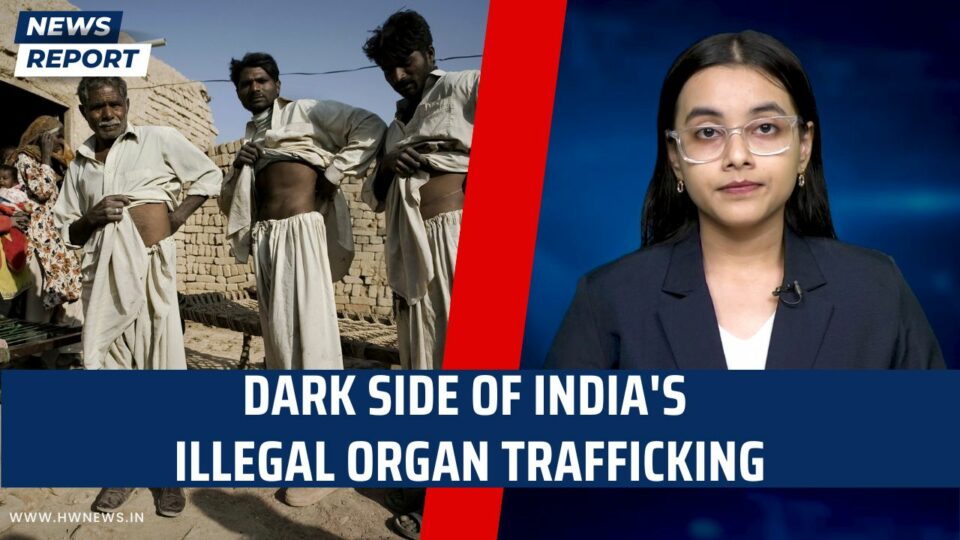The list of people waiting to get donors is getting longer and longer. Is there a shortage of donors in our country? Or is something else? In Mumbai itself, 4000 plus patients are waiting for organ transplant, where if we go by record, only 200 out of 4000 may secure a donor by end of the year. According to the data, the number of transplants only grew from 6,916 in 2014 to about 16,041 in 2022. It had further dropped to half of what it is now, to 7,443. If we go through the data from 2014 to 2022 further, the number of liver donors only increased from 1,327 to 3,911; kidney donors only increased from 5512 to 11705, heart donors from 53 to 243 and lung donors from 15 to 144. According to reports, one person is added every 10 minutes to the waiting list of organ transplant. Though the Health Ministry has announced a series of steps to promote organ donations, which also includes doing away with the domicile rule; removal of age bar for registration of recipients; removal of fee for registration for transplant; easing rules on withdrawal of life support (passive euthanasia); facilitation of organ transport across the country. In India, transplant and donation comes under the Transplantation of Human Organ and Tissues Act of 1994. Under this act, removal, storage and transplantation of human organs can only take place for therapeutic purposes. The act prevents commercial dealing in human organs, that is organ trafficking. According to reports, in India a huge gap exists between patients who require organ transplant and the organ donors that are available. The Indian government has implemented the National Organ Transplant Programme to promote organ donation from deceased persons to increase the availability of organs for transplant. This aim with this programme was to bridge the gap between demand and supply of organs. The challenges which the patients in India face is that they have to wait for years to get an organ. The one who suffers the most in this long waiting-list is the poor. Another challenge is organ trafficking, which means that human organs are illegally acquired by fraud, force or any other illegal means for money exchange with third parties. According to the report by Justice Upheld, there is not much data available regarding those whose organs are removed. It is also very difficult to trace the sellers. The report says that these organ sellers are mostly from the urban slums and poverty prone districts. Organ trafficking is one of the most severe areas of exploitation in India. Low supply and high demand for organs has led to the crime of organ trafficking. Let me tell you about a well known case of organ trafficking. Dr Amit Kumar who has made around 500 illegal transplants before his arrest. The foreigner labourers were treated as live donors with the promise of being paid Rupee 3 lacs. It was alleged that Amit Kumar charged approximately $50,000 for each operation. He was arrested in Nepal. The report by Justice Upheld further reveals that organ harvesting is continuously growing at an alarming rate. And this organ trafficking is likely to further increase in India in coming years. The report says that brokers, doctors, transplant centres and drug companies are the main beneficiaries in the kidney trade, which is even more than kidney buyers. The same report reveals that organ trafficking happens mostly through five-star hospitals who offer transplant tourism services. Now the question arises, if nobody then who can solve the challenges of human organ donation and control organ trafficking? It is none other than our Indian government. It is the duty and responsibility of the government to fill the loopholes which exist in the whole process and make strict laws against organ trafficking.
#OrganDonor #HumanTrafficking #Trafficking #HealthSystem #MinistryOfHealth #Illegal #Donor #Organ #Transplant #Doctors #HealthNews #HWNews
As an independent media platform, we do not take advertisements from governments and corporate houses. It is you, our readers, who have supported us on our journey to do honest and unbiased journalism. Please contribute, so that we can continue to do the same in future.

